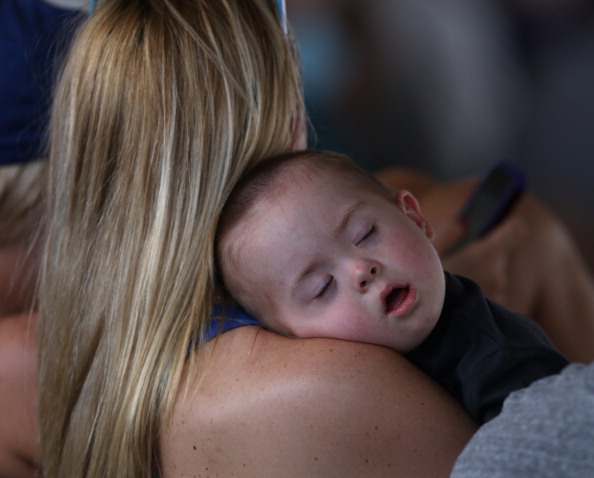
Babies who contract whooping cough (pertussis) appear to have an increased risk for developing epilepsy, according to a study. Infants can be protected against whooping cough, and thus protected against this added risk of epilepsy, with the pertussis vaccine.
The study was conducted in Denmark, where researchers used Danish government registries. They identified 4,700 children who were born between 1978 and 2011 and who had been diagnosed with whooping cough. About half of these children had been diagnosed before they were 6 months old. Each child was matched with 10 healthy children from the general population who served as controls.
Among the 4,700 children who had had pertussis, 1.7% later developed epilepsy, compared with 0.9% among the 47,000 controls. After adjusting for health variables including gestational age, congenital malformations, maternal history of epilepsy, the researchers calculated that the risk of developing epilepsy by age 10 in a child who had had whooping cough was 70% higher than for a child who had not had whooping cough.
The researchers noted that the incidence of epilepsy even in children who had had whooping cough was still very low.
"We can't say that if a child has epilepsy it was because of a pertussis infection," said the lead author, Dr. Morten Olsen, an associate professor in the department of clinical epidemiology at Aarhus University Hospital said in an interview with The New York Times. "And in any case, the absolute risk for epilepsy is very small - about 2 in 100. So we don't want anyone to panic."
But, he added, "This is another argument to have your child vaccinated, another study showing that pertussis is a serious disease."
Children suffering from whooping cough have been known to have seizures during their illness and suffer brain damage, but this is the first study to find an association between whooping cough and epilepsy. How the two conditions are related is not clear, but the authors suggest that the severe coughing fits that occur with whooping cough may reduce the flow of oxygen to the brain.
The study was published in the Journal of the American Medical Association.
